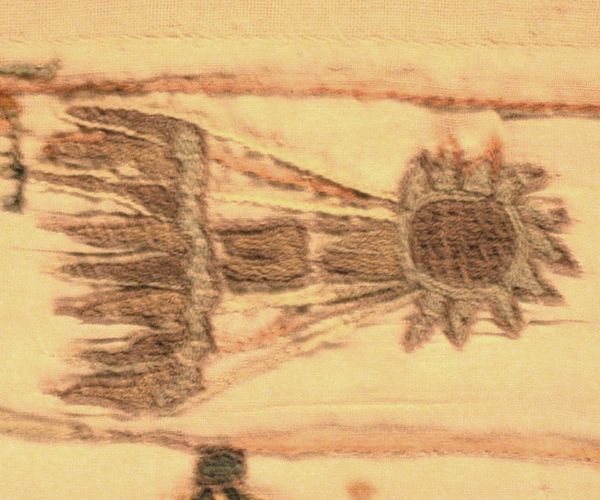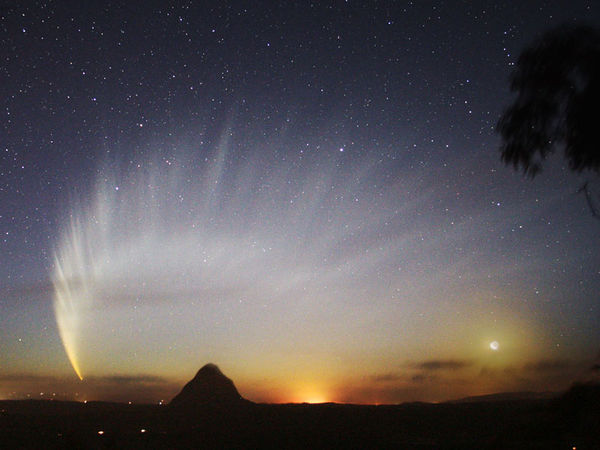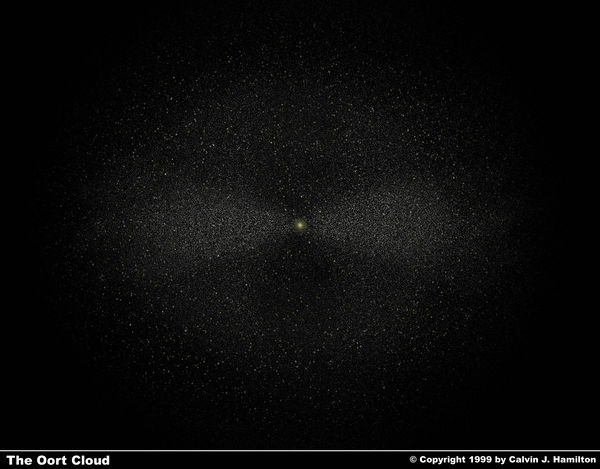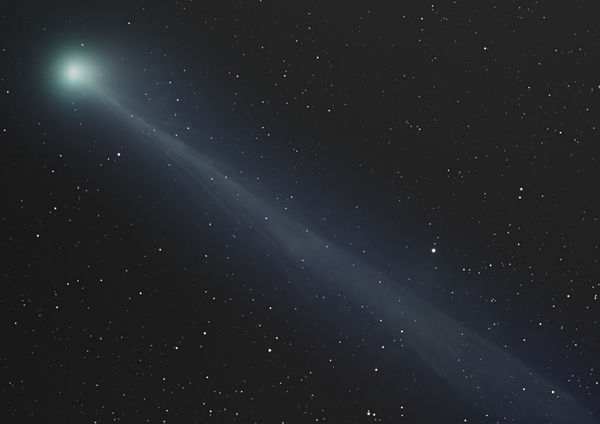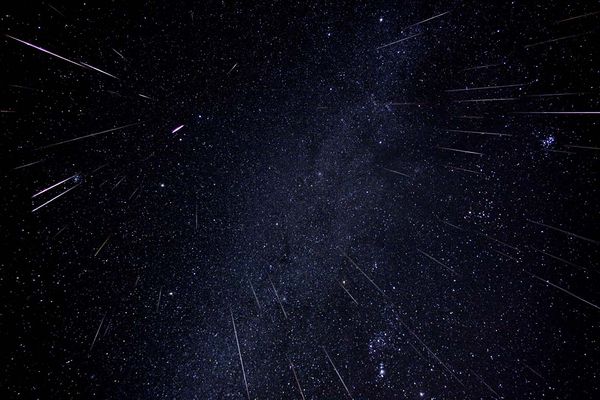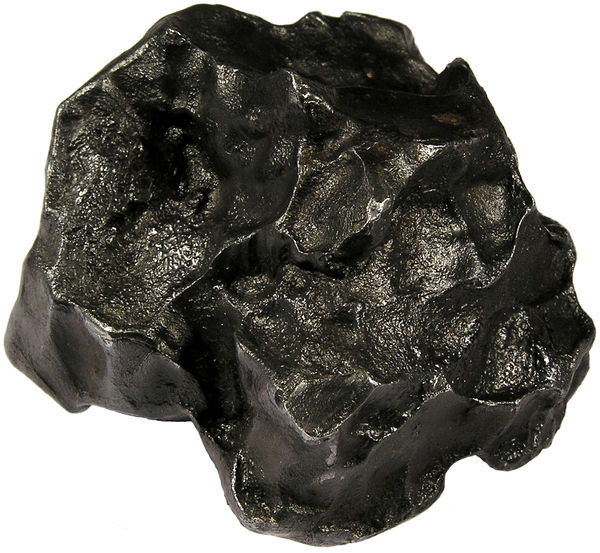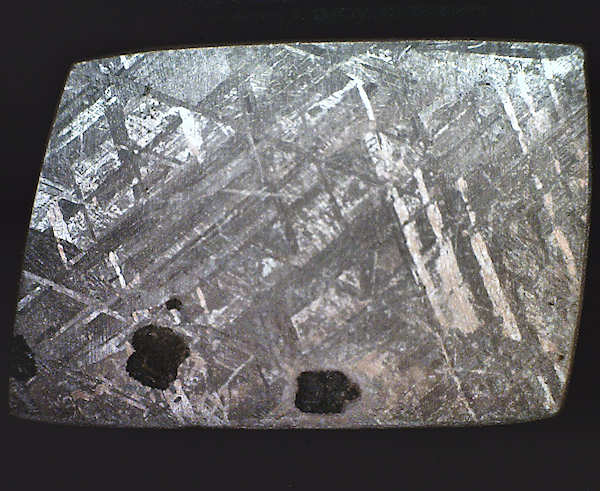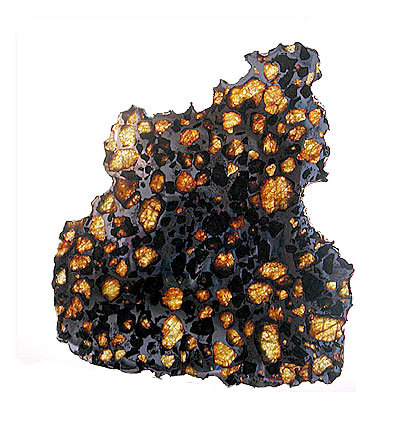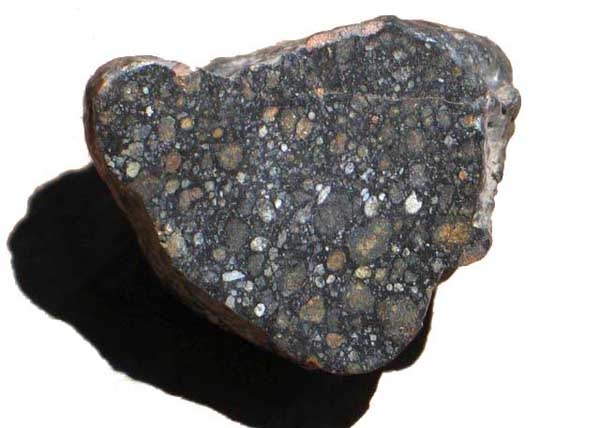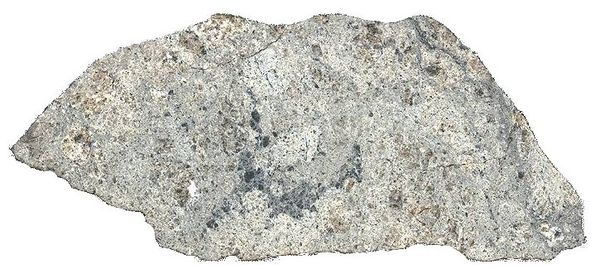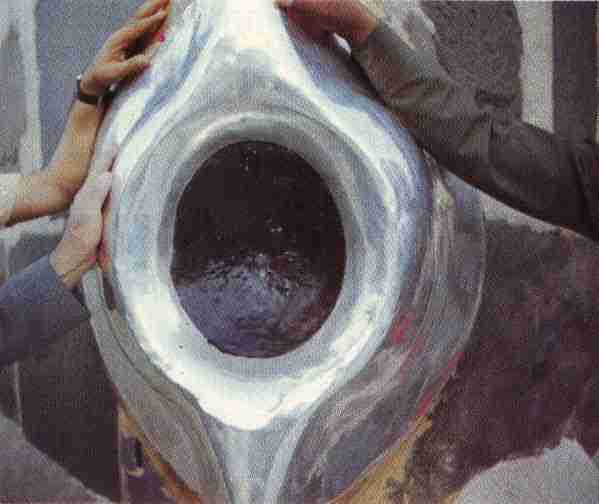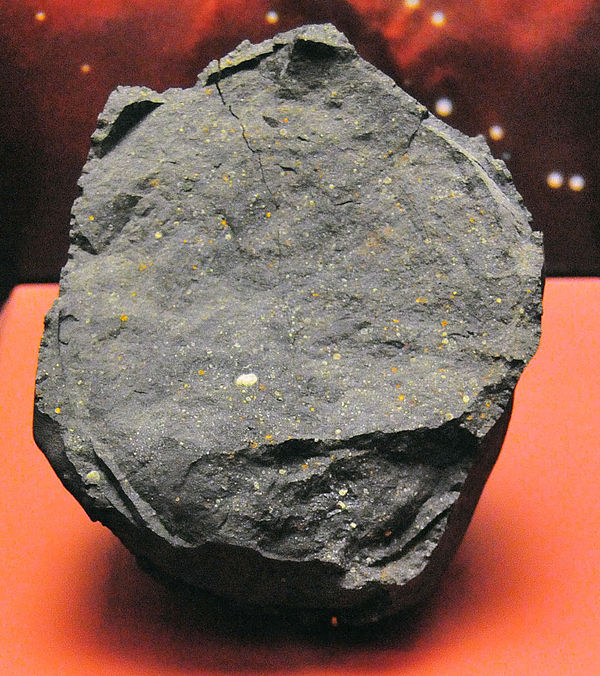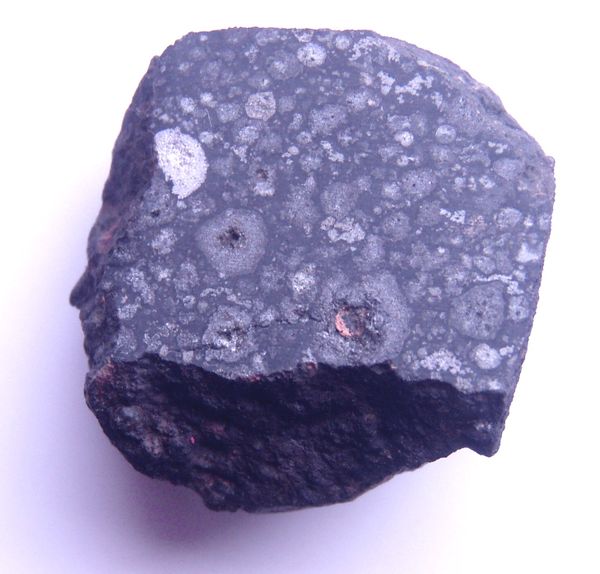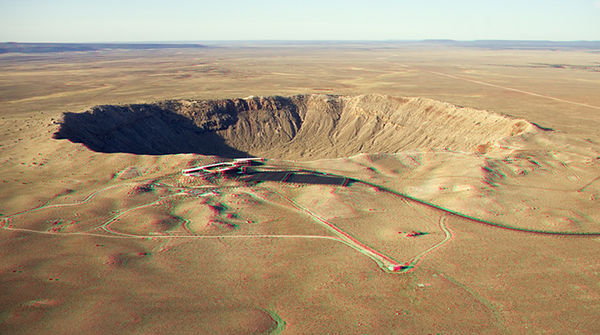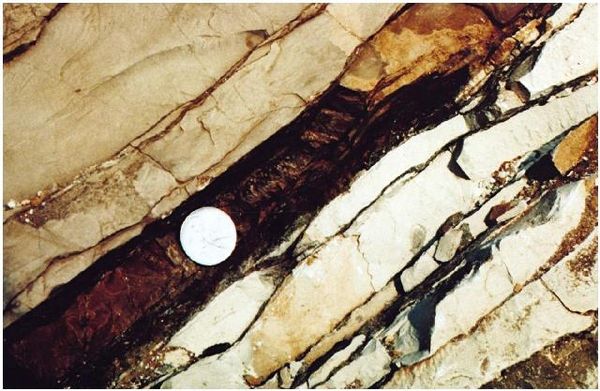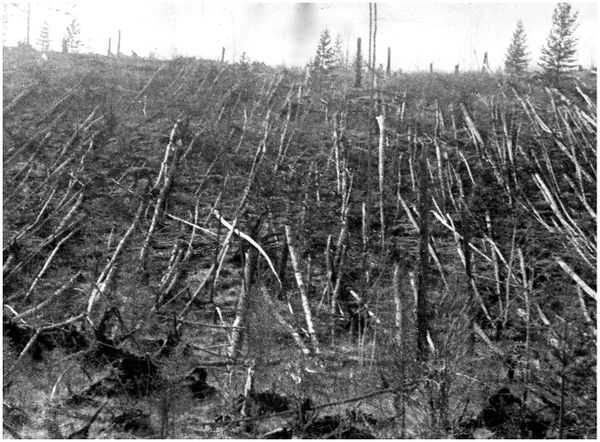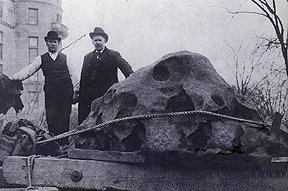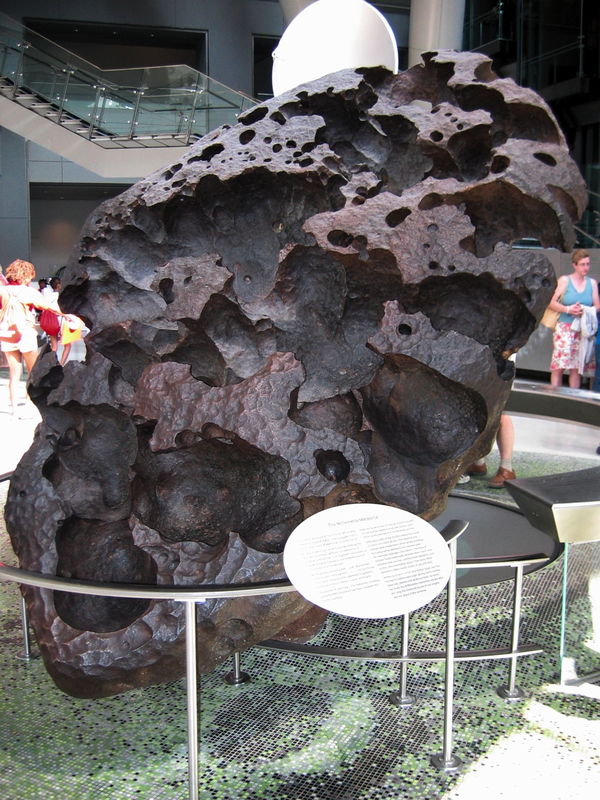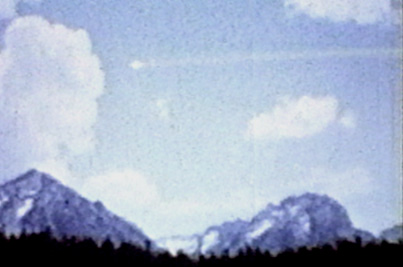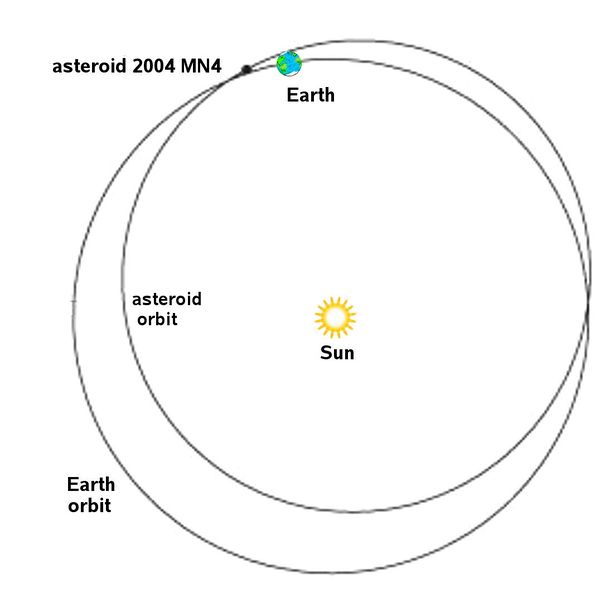Comets, Asteriods, Meteors, and Meteorites
Under Development
Comets
Halley's Comet in the Bayeux Tapestry 1066
Comets, sometimes described as "dirty snowballs," are icy debris left over from the nebula from which the solar system formed. Their solid cores range from 100 meters to 40+ kilometers across. Made primarily of water ice, they are thought to have helped fill the oceans on early Earth. As the water ice and ions are blown off in the tail, small pieces of debris left in the comet's orbit become meteors. When the Earth passes though a comet orbit, there are meteor showers. These meteors contain not only elements and simple molecules, but hydrocarbons and complex organic molecules, including amino acids.
Short period comets come from the Kuiper Belt in the vicinity of the orbit of Pluto. Long period comets come from the Oort Cloud. Comet McNaught, which visited the solar system in 2007, is a long period comet, and not expected to return for 300,000 years.
Comet McNaught, visible from the Southern Hemisphere in 2007, is not expected to return for 300,000 years+++
Kuiper Belt
The Kuiper Belt, a disk of icy debris remaining from the primordial solar system in the vicinity of the orbit of Pluto, is the source of short period comets. The dwarf planet Pluto is a Kuiper Belt object. Its comet-like orbit is shown below. Short Period Comets, that return in less than 200 years, originate in the Kuiper Belt. Halley's Comet, which returns about once every 76 years, is a short period comet.
Kuiper Belt showing the orbit of Pluto
Halley's Comet which returns about every 76 years is a short period comet from the Kuiper Belt
Oort Cloud
The spherical Oort Cloud which extends nearly 2 light years in diameter, is a remnant of the original nebula from which the Sun and planets formed approximately 4.6 billion years ago. It is the source of long period comets. These comets have the most spectacular tails, since their ice has not previously been blown off by frequent, if any, earlier approaches to the Sun.
Oort Cloud
Comet Swan (2006) is a long period comet from the Oort Cloud
Meteors
When a comets breaks up it leaves streams of meteors in it's orbit. When Earth passes through the orbit, bits of this comet debris enter Earth's atmosphere, glow from friction, and become meteor showers. When they strike the earth, they are called meteorites.
This photo shows the Geminids. It was made by combining 83 out of 1,256 exposures shot over an 11-hour time span on December 13-14, 2004. (Credit: Fred Bruenjes)
Below are four bright meteor showers, the number of meteors seen per hour, their source, and where to look for them in the sky.
- Quadrantids Jan 1-Jan 5 Jan 3 120, comet debris, above tail tip of Big Bear
- Perseids Jul 17-Aug 24 Aug 12 90, Swift-Tuttle, Perseus
- Leonids Nov 14-Nov 21 Nov 17 71, Tempel-Tuttle, Leo
- Geminids Dec 7-Dec 17 Dec 14 120, comet debris, Gemini
METEORITES
Meteorites can be cometary debris that did not burn up in the atmosphere, but they can also be material ejected from impacts on asteroids, the Moon, and even Mars. Others are debris left over from the formation of the solar system. Some are iron, some are iron and stony (like the Earth itself), others are achondrites, and chondrites. Most are chondrites, which include not only grains of the primeval solar system, but also dust from distant parts of the galaxy. These are the oldest rocks on Earth.
IRON METEORITES
Iron meteorites are composed primarily of iron and nickle alloys, mostly kamacite and taenite. To identify a meteorite of this type, it should have enough iron to attract a magnet. If an iron meteorite is cut or abraded, the alloy beneath is of a light silver color. Occasionally an iron meteorite will have crystalline "Widmanstatten" patterns formed of interwoven bands of kamacite and taenite, as the meteorite cooled very slowly over millions of years.
Iron Meteorite
Meteorite with crystalline Widmanstatten patterns
Unusual beautiful iron meteorite
IRON AND STONY METEORITES
Iron and stony meteorites are iron with stony inclusions. Pallasites are a rare type of stony-iron meteorite, consisting of olivine grains embedded in an iron-nickle metal matrix. The mineral olivine (peridot) is a magnesium iron silicate. Olivine has also been identified on the Moon, Mars, and Comet Wild 2.
Iron and Stony Meteorite
Pallasite
CHONDRITES
Chondrites are stony meteorites that contain chondrules-spherical bodies formed early during the formation of the solar nebula. It has been suggested that the glassy spherical inclusions and surrounding material were reheated to near molten state and stuck together. Carbonaceous chondrites look unspectacular but frequently contain complex organic compounds, such as amino acids, the building blocks of life. These sometimes include traces of water and are associated with comets. metcc Chondrite Meteorite
Carbonaceous Chondrite
ACHONDRITES
Achondrites are stony meteorites that were broken away from planets or asteroids during impacts.
Achondrite meteorite
FAMOUS METEORITES
Meteorites in history and religion
Amino acids in the Murchison meteorite
Al-hajar Al-aswad or the "Black Stone" on the Kaaba in Mecca is a black stone with a light grey interior, indicating it is a meteorite. Tradition dates it back to the time of Adam and Eve who are said to have built an altar on the site where it landed. It is said that it was lost during Noah's Flood and later found by Abraham at the original site of Adam's altar.
Al-hajar Al-aswad or the "Black Stone" on the Kaaba in Mecca
It is now located on the eastern corner of the Kaaba, it is about 30 cm (12 inches) in diameter and surrounded by a silver frame. Some Hajj pilgrims attempt to kiss the Stone as Muhammad once did. Because of the large crowds, this is not always possible, and so as pilgrims walk around the Kaaba, they are to point to the Stone on each circuit.
The Al-hajar Al-aswad, the Black Stone, is located on the south corner of the Kaaba, the dark masonry building, in Mecca
Murchison Meteorite streaked across the sky, breaking into 3 pieces, followed by a tremor, in Murchison, Australia in 1969. This carbonaceous meteorite contained a complex, tar-like substance with sixteen amino acids such as glycine, alanine and glutamic acid as well as 11 unusual ones like isovaline and pseudoleucine which are rare on Earth. Unlike those on Earth, which are usually only left-handed amino acids, these amino acids were found to be equal mixtures of left and right-handed. Also the ratio of 13C to 12C is about twice that found on Earth, proving the stone was a meteorite.
The Murchison Meteorite doesn't look like much, but it was found to contain amino acids, the building blocks of life. It may be seen at the National Museum of Natural History in Washington, DC
Allende Meteorite fell in Allende, Mexico in 1969. About 10% of it is material that pre-existed our solar system.
Allende Meteorite
WHERE TO FIND METEORITES !
Meteorites may be found by anyone, anywhere on this and other planets and moons. The easiest places to find meteorites on Earth are on the white surface of the Arctic and Antarctic Ice caps, or on smooth flat deserts.
Some of the most famous meteorites are described here:
Barringer Crater near Flagstaff Arizona
Barringer Crater in 3D (Red/Green glasses anyone?)
Barringer Meteor Crater
Tiny metallic particles in the soil around the crater are traces of the meteorite.
Iridium Layer
Being a heavy chemical element, most iridium (Ir) on our planet is found in the inner core and seldom in the Earth's crust. Iridium is more abundant in meteorites. However there is a 2 cm thick layer of soil rich in iridium, found worldwide, beneath which all dinosaur bones lie. This iridium layer is also called the K-T boundary, associated with the Cretaceous-Tertiary extinction event.
Only an enormous meteorite impact, sending dust sent high into the atmosphere, spreading everywhere, altering climate, would explain the sudden extinction of the dinosaurs! The impact site has been identified with the Chicxulub Crater, now buried under the surface in the Yucatan Pensula off the Carribean Ocean.
The distinctive layer, enriched in iridium, was formed at the boundary between the Cretaceous and Tertiary periods.
Without this impact, 65 million years ago, instead of us, there would be fierce tyrannosauruses, peaceful triceratops, and hapless lizards.
Tunguska, Siberia, 1908
Devastation from an impact in Tunguska, Siberia in 1908
In Tunguska, Siberia, on June 30, 1908, an explosion equal to 1000 times the energy of the atomic bomb dropped on Hiroshima, devastated an area almost the size of Rhode Island. The felled tree pattern and lack of meteoric debris suggests a comet exploded low overhead. However, recent research at the site raises the possibility that a stony meteor 60 meters across exploded above the forests.
In Oregon
In Museums
The largest meteorite found in the United States (in Oregon), and sixth largest in the world, is the Iron-nickle Willliamette Meteorite, now in the Museum of Natural History in New York City.
Williamette Meteorite
Before there were stars, the most matter in the Universe was ions of hydrogen and helium. Where do all these iron and stony meteorites come from?
ASTEROID AND METEOROID NEAR MISSES
NASA maintains the Near Earth Object Program to search for asteroids and comets that may possibly impact Earth.
A 6-meter diameter meteoroid 2004 FU162 passed between Earth and the Moon in March 31, 2004. It was the second closest near miss ever observed, the closest being The Great Daylight 1972 Fireball which passed within 6,500 km.
Great Daylight 1972 Fireball
A video of the event is here.
99942 Apophis on April 13, 2029, will come within the orbits of communications satellites, with a very small possibility of striking Earth then ... or later in the century.
Asteroid 2004 MN4 will come scarily close to Earth on Friday 13th, April 2029
Jobs concerning Meteorites and Asteroids
Some people have made a career of studying meteorites. Here is the story of a complete novice becoming an expert.
To see an imilac pallacite and the Mars fragment ALH84001 that was thought to have evidence of life on Mars, you could visit the Smithsonian National Museum of Natural history where many fine specimens are stored in their vault. You can see images of the Mars fragment at this NASA link.
Research Experience for Undergraduates programs are available at many universities and some museums. While the deadlines for applications have passed for last summer at the American Museum of Natural History in New York, one of the projects that was offered was an opportunity to study the oldest rocks in the solar system.
